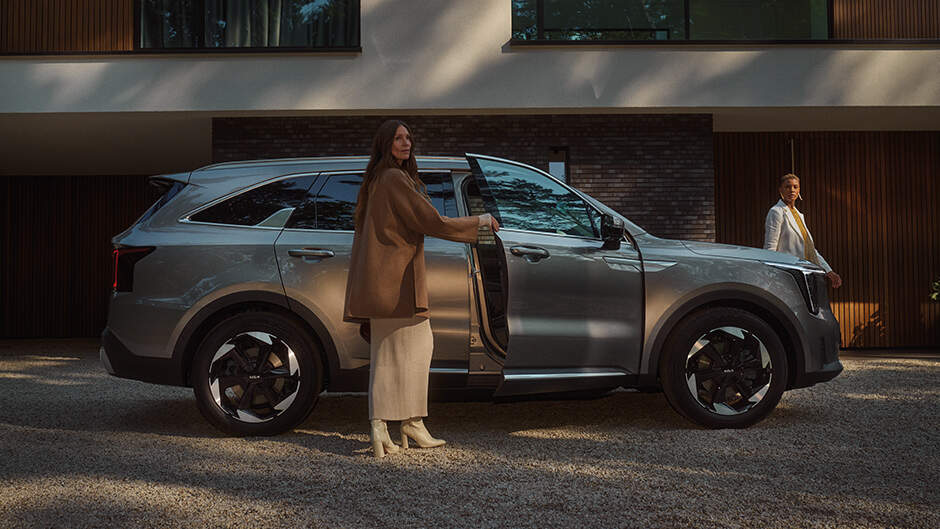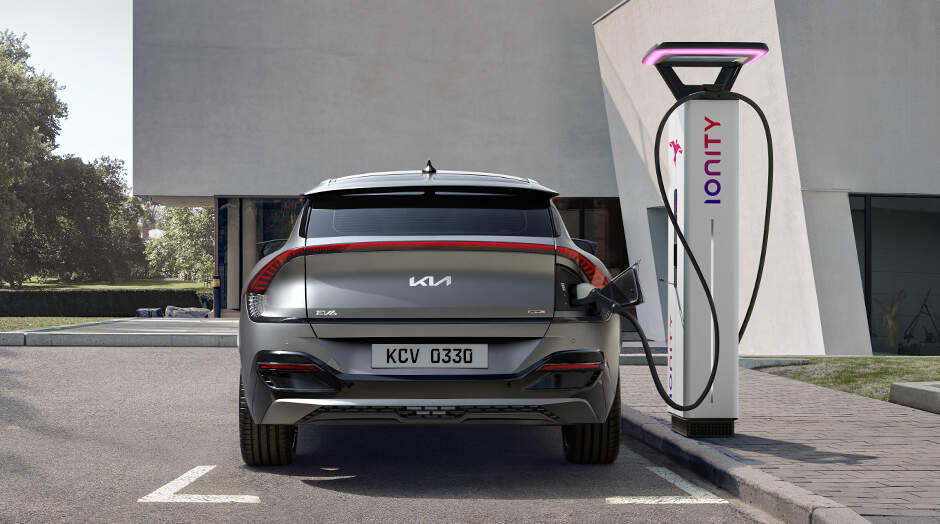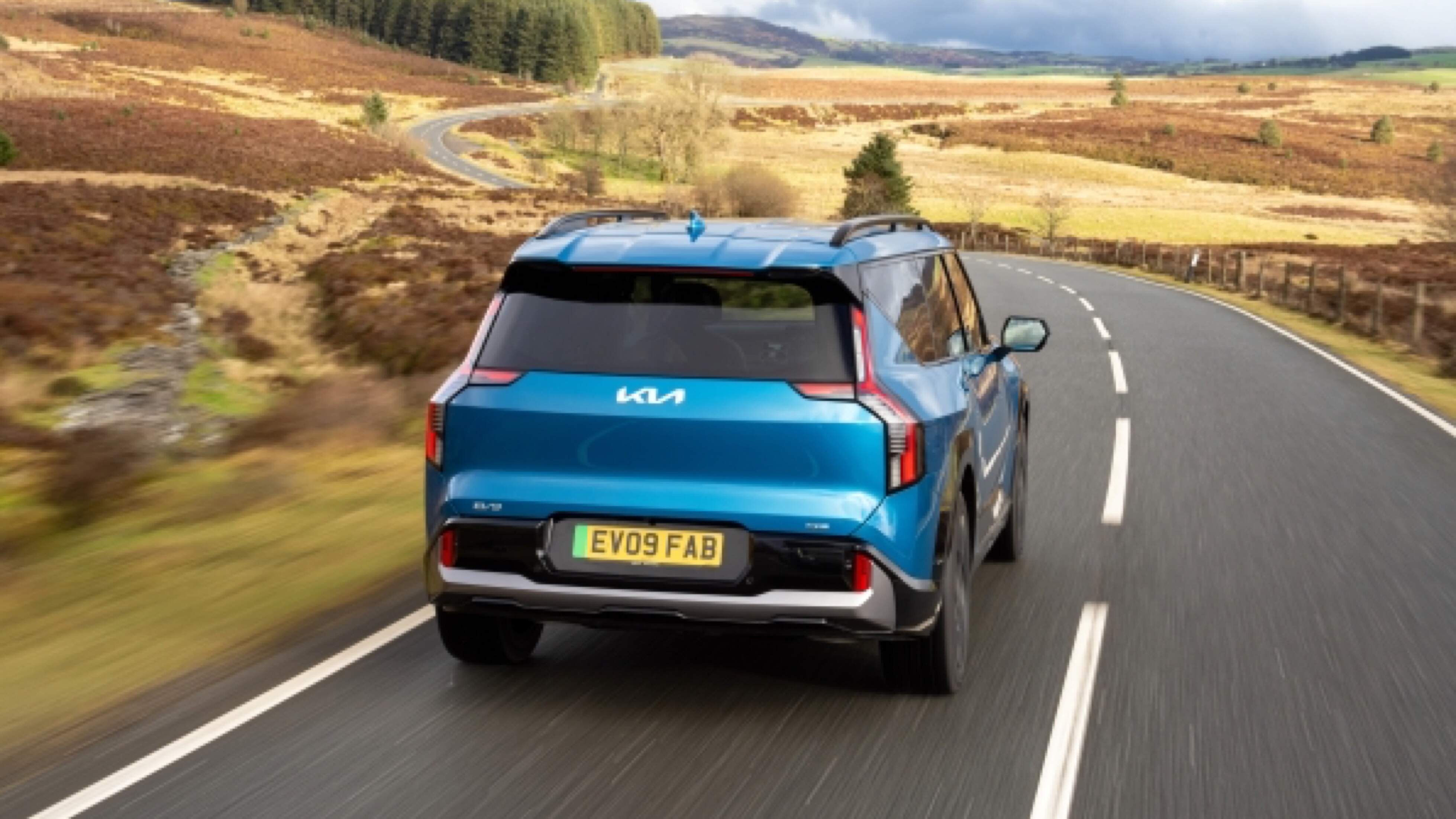Manual vs. Automatic Cars: All You Need to Know

Manual vs. Automatic Cars: Everything You Need to Know
Manual or automatic? It’s a long-standing question that’s engaged and divided motorists for years.
Historically, manual cars have dominated the UK automotive market. However, thanks to their reputation as being more convenient and simpler to drive, automatic cars
have boomed in popularity over the last decade. According to data from the SMMT
, in 2021, automatic cars accounted for 62.4% of new cars
on the market, while only 37.7% of new cars had a manual transmission.
If you’re looking for a new vehicle, deciding between an automatic or manual car is an important decision. That’s why we’ve put together a guide to everything you need to know about manual vs. automatic cars, from the benefits of driving an automatic to their future in the UK.

What’s the difference between a manual vs. an automatic gearbox?
The key difference between a manual and an automatic car is how the gearbox works.
A manual car has a five or six-speed gearbox, which you operate yourself by pushing down the clutch and shifting the gear stick. In a manual car, it’s the driver’s responsibility to select and move into the right gear for the speed of the car and road conditions.
Automatic cars also have a gearbox, but they operate more simply. As the name suggests, an automatic gearbox selects the right gear automatically, based on the car’s speed and the road conditions.

Do automatic cars have a clutch?
If you’re choosing between a manual car vs. an automatic car, the other key difference you will need to be aware of is the clutch.
If you’re driving an automatic car or van for the first time, one of the first things you’ll notice is that an automatic transmission car has no clutch pedal. An automatic has only two pedals: the accelerator and the brake. Because automatic cars change gear automatically, there’s simply no need for a clutch pedal.
However, while automatic cars will never have a clutch pedal, this doesn’t necessarily mean they don’t use a clutch. Many automatics will have a clutch but, like the gearbox, it’ll operate automatically, without any assistance from the driver.

Can you stall an automatic?
An automatic car has no clutch pedal and doesn’t require manual gear changes. This makes it very difficult and uncommon to stall in one. However, it’s not completely impossible.
All automatic cars use a torque converter, which is the component that keeps the engine running while you’re driving. If the torque converter fails, it can cause the car to stall.

How to drive an automatic car
Automatic cars have earned a reputation as providing a simpler and more convenient driving experience than their manual counterparts. However, if you’re driving an automatic car or van for the first time, it can take a bit of getting used to.
To start the car, you need to press down the brake pedal and either twist the key in the ignition or, if you’re driving a modern automatic, press the start button. Make sure you keep your foot on the brake as you release the handbrake and shift the gear stick into ‘D’. Some modern automatics will have a button to press instead of a traditional handbrake.
Check your mirrors and blind spot, and then gently lift your foot off the brake. The car will begin to creep forward. Now, just like you would in a manual car, use the accelerator to increase your speed. There’s no need to worry about changing gears as the car accelerates; the automatic gearbox will do this for you.
To stop the car, do as you normally would and press down on the brake pedal until the car is stationary. If you want to park, shift the gear stick to ‘P’, while keeping your foot on the brake. Now your car is in park, you can apply the handbrake and turn off the ignition.

Is it easier to pass a driving test in an automatic car?
Many people consider it easier to pass a driving test in an automatic car, and this is reflected in the increasing number of people taking their driving lessons and tests in automatic cars.
According to data from the DVLA, in 2022-2023, nearly one-fifth of all driving tests in the UK were taken in an automatic. In total, this is 324,064 tests, an increase of over 360% since 2007/2008, when only 70,429 driving tests were conducted in an automatic transmission car.
The rising demand for automatic car driving lessons is likely fuelled by the convenience and ease of driving an automatic car. With no need to master clutch control or shifting gears, learning to drive in an automatic is widely perceived as easier, particularly for anyone having to deal with stop-and-go traffic in cities.

The Future of Automatic vs. Manual Cars
The 2035 ban on the sale of new petrol and diesel vehicles (including hybrids) will have a significant impact on the number of automatic cars on UK roads.
Put simply, all electric cars are automatic
. As a result, after 2035, no new manual cars will be sold in the UK. While there is no official plan to phase out manual cars, it’s anticipated that, once this ban comes into place, the total number of manual cars on UK roads will begin to decline.
At Kia, our automatic, electric car range sets new standards in comfort, convenience, and sustainable driving. You can discover our range of automatic cars or, if you’re ready to make the switch, browse our electric car
range today.
Images shown are for illustration purposes only and may not be to full UK specification. Features shown are not standard across the Kia model range and availability will vary dependant on model. For further details please refer to the individual model specification sheets.
Product availability varies by models. To find out which products are available for your vehicle, please contact your Kia dealer.

